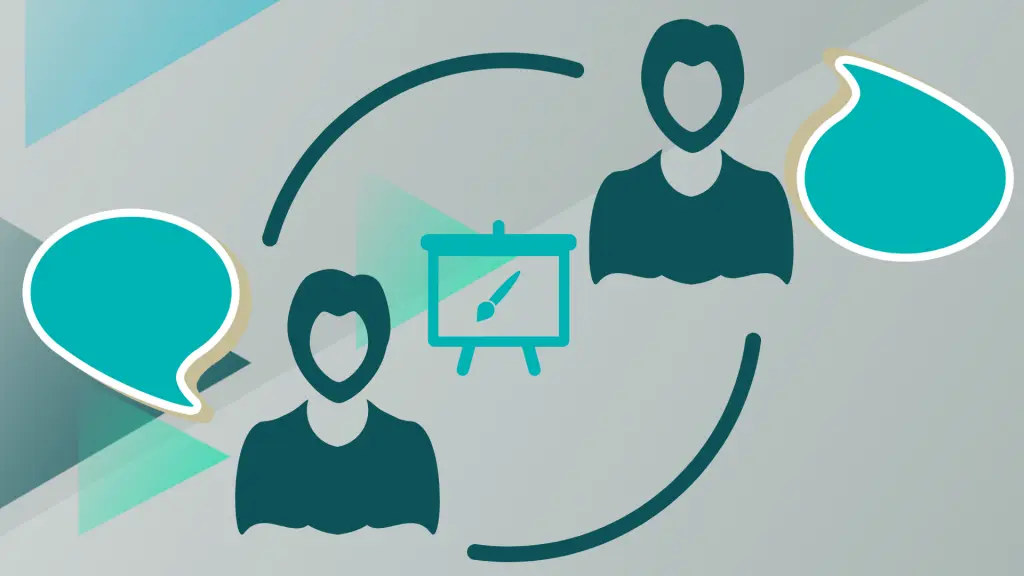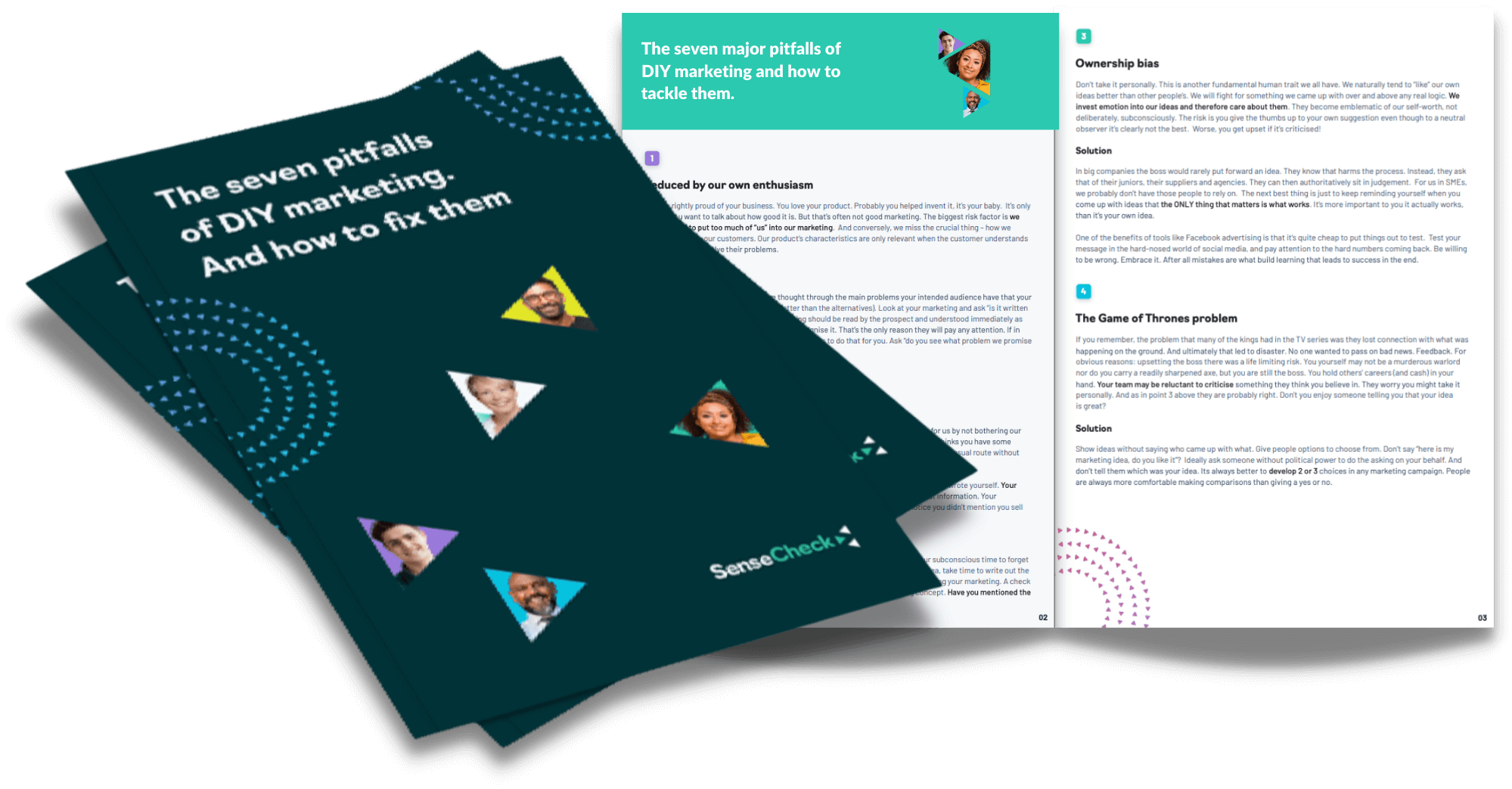
How well businesses manage after the Covid-19 crisis will be the same for us as individuals. Those of us with underlying health conditions will be most at risk and those who do not change and adapt their practices will be more likely to succumb. History has shown us in previous recessions those who invest in the right things and take brave decisive action generally come out stronger.

One thing I have been reflecting on in this period of enforced isolation is the massive change of work practices that will be required going forward in the marketing and creative industries. The new-normal can still be fewer face-to-face meetings and more remote collaborations via Zoom or whatever your package of choice. Collaboration between marketers and designers to produce the work for clients and the process of creative review with clients will necessitate everyone having to work much more effectively to achieve great results. We fondly remember the old days when you could pin things up on a wall and point to things while scribbling post-it notes and appraising body language in the room when discussing the merits of the options.
Never has there been such a need for creatives and marketers to be more creatively eloquent than now, and this skill will be much prized in the future. The art of communication and persuasive presentation will be taxed to their utmost in the new world of remote briefings and presentation meetings. People have evolved to become world-class at screening out marketing messaging and in our marketing, we have a duty to avoid adding to the mental burden people face, which is considerable at the moment. So keep it simple.

Communication is always about how quickly people can just get it, with minimal explanation required. Our starting point should always be “What behaviour are we asking from people? And what triggers do we need to leverage to achieve it? Our briefs where the visual senses is key should be distilled into three simple things – what do we want people to see, feel and do? And the more specific we can be the better. Think about what we want people to do, and what might stop them from doing it. Then think about what we can do in the design work to aid simple processing, boost understanding and deliver in a way that can be simply decoded.
So in my view, never has it been more important to do things simply and well, and to be brave and innovative in the ways to seek to gain a competitive edge. Improving creative direction and being eloquent in describing what we want is key to improving the quality of creative output. See, feel and do, have to become key terms businesses use if they want to achieve better marketing output.
Simon Preece Founder of consultancy Bigger & Better Things, and Co-founder of SenseCheck
